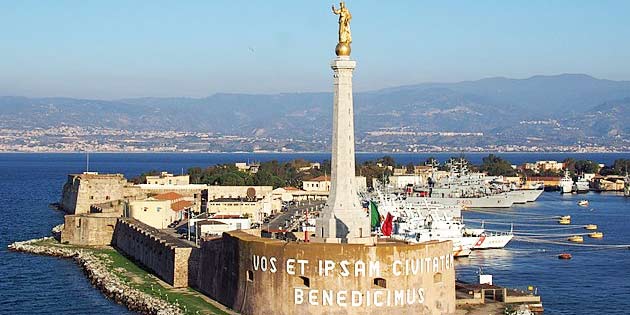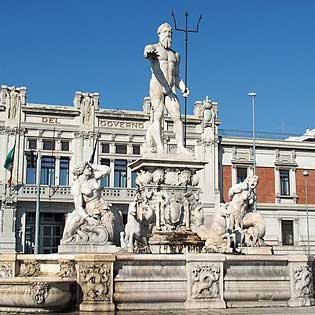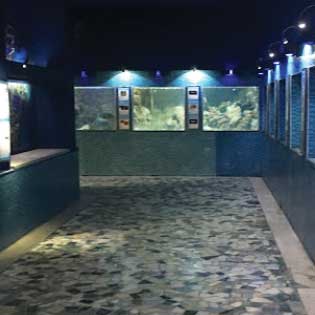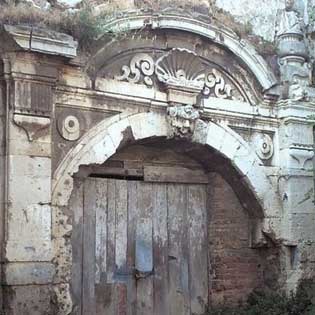Fort of the Most Holy Savior in Messina
The Forte San Salvatore di Messina is located in the urban center of the city, at the end of the falcata area, under the stele of the Madonna della Lettera.
Fort San Salvatore , undisputed symbol of Messina history from the mid 1500s onwards, stands in one of the most important places in the city, occupies a strategic area of great importance and striking visual impact.
The fort must its name comes from the pre-existence of the monastery of the Santissimo Salvatore, a Basilian convent whose foundation is attributed in 1086 to Count Ruggero who had found his partisans killed on that spot. By order of Charles V the monastery was demolished in order to fortify the access to the port and rebuilt in the area now occupied by the Regional Museum.
The Torre di Sant'Anna which played a fundamental role during the siege of the city by the Angevins in the war of the Vespers of 1282. With the construction of the fort in 1546, the tower was incorporated into the new structure designed by Antonio Ferramolino from Bergamo; the medieval buildings were eliminated and the monks evacuated; the church, initially spared, was largely destroyed by the explosion of the powder keg in 1549, and later gradually abandoned.
The construction of the San Salvatore fort was the first step for the fortification of the entire falcata area, determining an exclusively military use which still today forbids one of the most beautiful places in Messina to its citizens. In 1934 the stele of the Madonnina del Porto was placed on the extreme tip.
Inside the Fort some artifacts recovered after the 1908 earthquake were located, which testify to the history of the Falcata area of the Port of Messina: a commemorative plaque of the Moti of 1848; a coat of arms of the Maritime Authority of the Savoy Kingdom; a plaque establishing the expansion of the free port in 1852 by Ferdinand II of Bourbon; and some cannons of the time.
Inside the fort there is also an exhibition dedicated to the "Myths and currents of the Strait", made up of a collection of 44 original pieces ranging from 1600 to at the end of 1800, divided between nautical charts, antique prints and lithographs.
There is also the Historical Hall of the Logistic Support Unit which traces the history of the falcata area of the Port of Messina from the medieval period up to the Second World War, through didactic panels made up of documents, reproduction of ancient prints and photographs.
Finally, the Historical Hall of Lighthouses and Signalings illustrates the history of the Lighthouses of Sicily through the centuries, their usefulness and functionality in the context of navigation aid, structure, construction techniques , projects and the technological evolution of lighting methods and modes. The exhibition presents a section dedicated to the figure of the Lighthouse Guardian with the typical work room, with testimonies, objects and memories of the past and a section is dedicated to the technological evolution of the Lantern where ancient equipment belonging to the lighting systems of the headlights are exhibited, accompanied by descriptive and informative panels.



